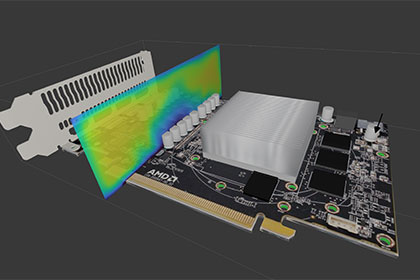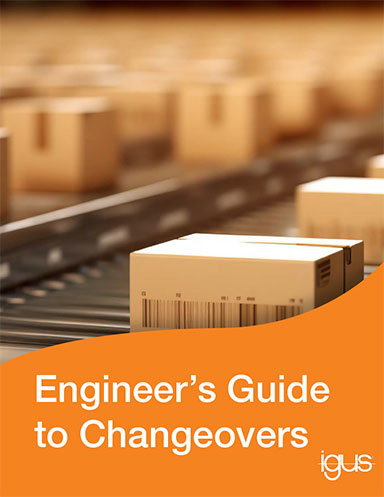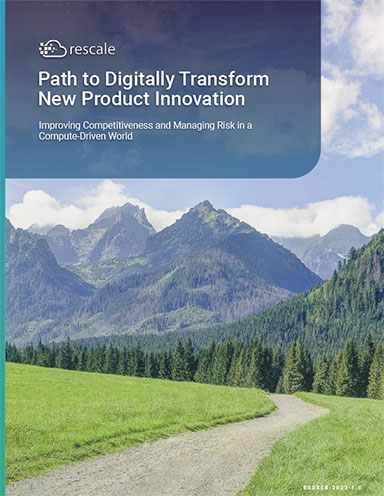6SigmaET by Future Facilities Launches Updated Thermal Simulation Software
Release 15 of 6SigmaET emphasizes the importance of solving and accuracy to thermal engineers, company says.
Latest News
January 11, 2022
6SigmaET by Future Facilities launches its latest software version, Release 16, which introduces various new and improved features and functionality, including Enhanced View Photorealistic Models, faster Joule Heating, faster printed circuit board (PCB) Import, optimized 1D Flow Network and 6SigmaCommander AI Automation.
Release 15 of 6SigmaET emphasized the importance of solving and accuracy to thermal engineers. Release 16 builds on these important functionalities with the addition of streamlined PCB Imports, photorealistic models in reports, simulations—faster model creation, faster grid generation and faster solve times—accelerating complex model simulations, and improved automation of model builds, edits, solves and results generation.

6SigmaET Release 16 uses the NVIDIA CUDA Toolkit and AmgX library to accelerate the Joule Heating solver. This graphics processing unit (GPU)-acceleration enables solutions times that are 325 times faster on a single NVIDIA A100 Tensor Core GPU compared to a CPU-based run, reducing the solve time for complex models from hours to seconds.
The radiative heat transfer calculations now use the Monte-Carlo method with GPU-accelerated ray tracing using the NVIDIA OptiX engine/API. OptiX and CUDA libraries help accelerate and optimize the performance of the ray-tracing algorithm, resulting in a speedup of 140 times on an A100 GPU compared to a CPU. The performance boost achieved with NVIDIA GPUs will enable faster turnaround times for advanced thermal simulations in electronics without having to sacrifice complexity or accuracy when making design-related decisions.
Thermal engineers also have more control with faster streamlined PCB imports and the ability to decide the level of import detail for each PCB layer.
The 1D Flow Network has been optimized to deliver fast and accurate thermal flow analysis of electronic systems and servers. As a result, the junction temperature of components and the heat transfer between liquid-cooled elements can be predicted within a single network.
A representation of IT equipment can be modeled as a 1D Flow Network within 6SigmaET and then used in a 6SigmaRoom data center simulation to provide more detailed information on server operating conditions.
Automation functionality in Release 16 using 6SigmaCommander to create or edit models, run the solver and extract results enables optimization and artificial intelligence interaction.
“Thermal engineers operate in a market that is constantly in flux,” Tom Gregory, product manager at 6SigmaET, says. “With the speed at which electronics and their associated uses are evolving, thermal engineers need to be able to rely on software that can keep pace with the demands of their job and the electronics industry.
“We listened to our customers’ feedback, and I’m delighted with what our team has achieved with 6SigmaET Release 16,” Gregory says. “With high-quality modeling to powerful simulations, customizable and collaborative reporting, time and cost savings, and fast and accurate performance, 6SigmaET Release 16 empowers thermal engineers and helps organizations in the electronics industry to stay ahead.”
Explore what 6SigmaET Release 16 has to offer here.
Sources: Press materials received from the company and additional information gleaned from the company’s website.
Subscribe to our FREE magazine, FREE email newsletters or both!
Latest News
About the Author
DE’s editors contribute news and new product announcements to Digital Engineering.
Press releases may be sent to them via DE-Editors@digitaleng.news.






